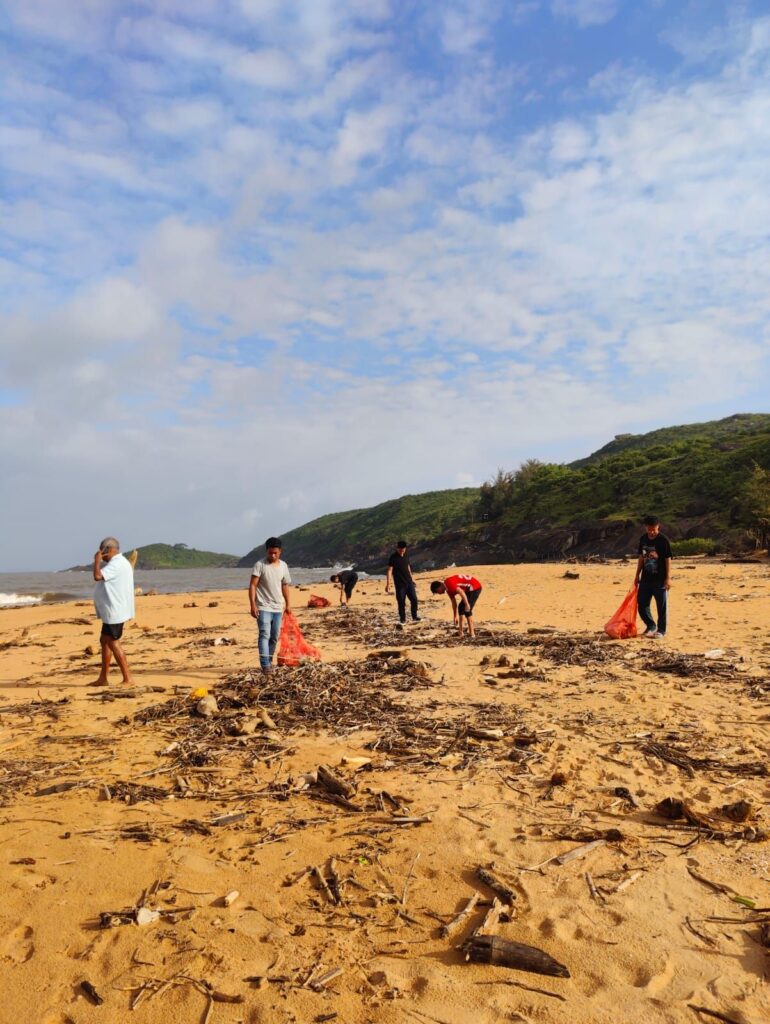Tourism has been a significant part of global culture, allowing people to explore different parts of the world, meet people from diverse backgrounds, and engage in new traditions and activities, which is advantageous for both travellers and local communities. The industry, however, has been evolving, and as time passes, we become increasingly aware of the threat of climate change and our role in causing it.
According to a study published in Nature Climate Change, tourism is responsible for 8% of global greenhouse gas emissions, which is a significant amount when compared to other emission sources. Consequently, it is evident that we must transition to a more sustainable tourism model.
What is Sustainable Tourism?
Tourism that has more positive than negative impacts, particularly on the environment, the economy, and communities, is defined as sustainable tourism. True sustainable and responsible tourism should improve places for both residents and tourists.
The main responsibilities of sustainable tourism include:
- Protection of wildlife, natural resources, and the environment.
- Provide socio-economic benefits to the people living in tourist destinations
- Bringing tourists and local communities together for mutual benefit
- Creating inclusive and accessible tourist opportunities.
The importance of sustainable tourism
Most people associate sustainable tourism with how it affects the environment. It does, however, take into account the current and future economic, social, and environmental impact of its activities.
From laws and regulations to local people and tourist demand, there is a lot to consider in order to fully integrate sustainability into tourism. As a result, it is critical to consider sustainable tourism from the perspective of both the tourism provider and the individual tourist.
Benefits of sustainable tourism
Committing to sustainable tourism has numerous strong benefits, the three main umbrella points being: helping the environment, economic benefits for the destination, and support for local communities.
Supporting the environment is essential to tourism’s long-term viability. To accomplish this, issues such as waste, contamination, and the use of non-organic products, as well as over-tourism, must be considered when providing a tourist experience.
How sustainable tourism is providing a solution
Not only local communities that reside in tourist destinations are negatively affected by tourism. As tourists, many of us prefer to visit clean, not too-crowded and secure locations. Additionally, we prefer to experience authentic local cultures, traditions, religions, and buildings, as opposed to an inauthentic money-making scheme.
The best locations for developing sustainable tourism are regions with natural resources, landscapes, or cultural buildings – all of which attract tourists who may wish to explore and admire local destinations and cultures in an eco-friendly manner.
How can you ensure sustainable tourism is achieved?
There are numerous ways to ensure that you are a sustainable tourist and that your region offers sustainable tourism, many of which are essentially the same thing. Taking environmentally friendly transportation and joining the slow travel trend, for instance, can be considered by the individual tourist and encouraged by tourism operators.
The same can be said for waste and related decisions. As a tourist, selecting organic options and purchasing less plastic can help make tourism more sustainable, and those in the tourism industry can choose to use locally purified water and provide more organic and recyclable options.
Plan your next holiday at Red Earth, Red Earth is a family of boutique properties that are committed to sustaining the community and the environment around them. Red Earth offers its guests the unique opportunity to enjoy a holiday that is responsible and entirely guilt-free.

How is Red Earth Sustainable?
Red Earth Tadoba uses only natural stones and oxides thereby avoiding ceramic and vitrified tiles
All doors in Red Earth Tadoba are from old doors like in the scrap yards of Rajasthan, Madhya Pradesh and Uttar Pradesh which have been restored. Some could be over 100 years old. This has ensured that we did not cut trees for any doors in Red Earth
All sewage, Toilet waste in every Red Earth resort is treated and recycled to irrigate our gardens. In our resort in Kabini, we believe in responsible tourism and to promote it we have an organic Dewats filtration system which acts as the in-house water treatment plant. There are no septic tanks in Red Earth. This ensures that no waste water seeps into the Kabini waters.
Red Earth Gokarna we help you take back charge of your health with our tailor-made Yoga and Wellness packages. The sea is calm and its beach spotless with no debris or litter. There is no fishing village or commercial activity on this beach. The property intends to Focus on Wellness in all aspects.
What is sustainable tourism?
Tourism that addresses the needs of guests, the industry, the environment, and host communities while fully accounting for its present and future economic, social, and environmental implications.
What is the primary goal of sustainable travel and tourism?
The goal of sustainable tourism is to maximise positive effects while minimising negative ones that travel has on destinations. Protecting natural habitats, wildlife, and natural resources while planning and organising tourism-related activities might help achieve this.
What are the top 3 sustainable tourism principles?
In order to ensure the long-term sustainability of the tourism industry, sustainability principles refer to the environmental, economic, and sociocultural aspects of its development.
How can we ensure sustainable travel and tourism?
Utilizing environmental friendly methods (reduce, reuse, recycle), preserving cultural and natural heritage (by repairing historic structures or rescuing endangered species), and bringing concrete social and economic benefits to local communities are the three pillars of sustainable tourism.



